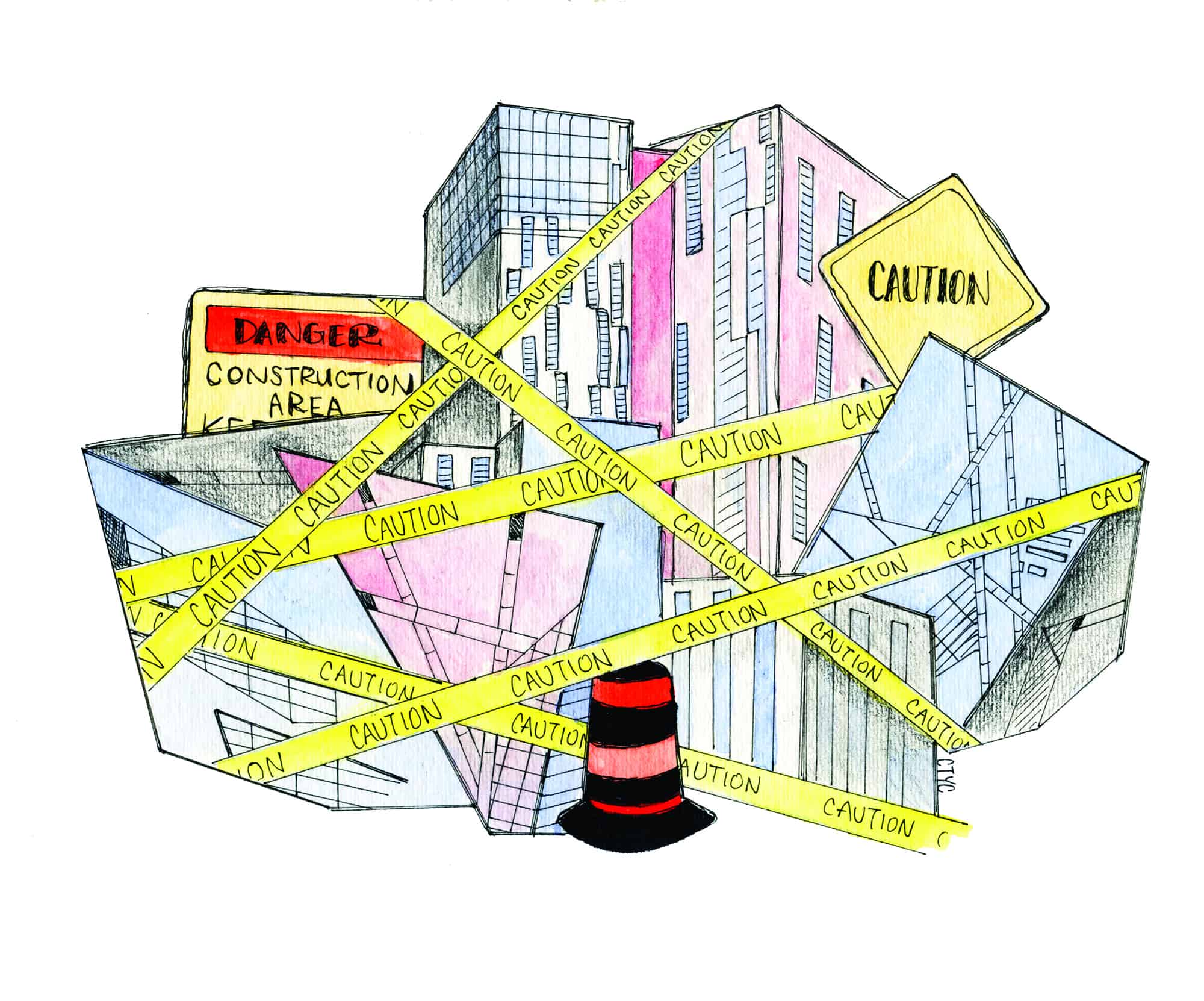An ‘us-versus-them’ mentality remains pervasive in discussions about city development projects. As reflected in the actions of some neighbourhood associations and city councillors, the relationship between residents and university students appears to be one of tension. At times, their interests are constructed as mutually exclusive.
Despite this dynamic, U of T and its students have been around longer than the residential neighbourhoods that surround them. Many students call neighbourhoods like the Annex and Harbord Village home and are integral citizens of these communities. City planners and councillors need to consider the interests of student residents when making planning decisions that affect them. Likewise, more students should take an active role in making it clear what their interests are.
In the latest chapter in student-city relations, Ward 20 Councillor Joe Cressy, heads of the Annex Residents’ Association, the Bay Cloverhill Community Association, the Grange Community Association, the Harbord Village Residents’ Association, and the Huron Sussex Residents’ Organization are all pushing to get the City of Toronto to remove the licensing exemption that lets fraternity and sorority houses operate without having to be licensed as multi-tenant residences.
It is true that students involved in Greek life need to be good neighbours, and complaints of poor property management, noise, and sexual assaults should be addressed. However, the proposal that Cressy and the residents’ associations have put forward would only affect property regulations and would do nothing to address behavioural complaints. Ultimately, whatever regulations that come about should be developed in consultation with U of T students: Greek and non-Greek.
Removing the exemption fraternities and sororities currently operate under could also affect student co-operative housing. Like Greek houses, student co-ops are also exempt from multi-tenant residence licensing and play a vital role in a city where affordable housing is scarce.
The lack of affordable housing around campus, despite its growing student population, has prompted U of T to pursue the construction of new residences throughout the years. Many of these projects have been met with opposition from residents’ associations in the spirit of ‘Nimbyism.’
Based on the acronym for ‘not in my backyard,’ Nimbyism often spurs residents to condemn development projects scheduled to take place near where they live, even if the changes being proposed would benefit the community as a whole.
Back in 2012 and 2013, various residents’ associations opposed the construction of the 24-storey Campus One residence at College and Spadina. Concerns were raised that the building would cast large shadows and that it wouldn’t fit in with the style of the rest of the neighbourhood.
Most recently, U of T proposed a student residence on the corner of Spadina Avenue and Sussex Avenue. The Harbord Village Residents’ Association opposed this project, as it would result in the demolition of a building that has been around since 1885. The case will be heard by the Ontario Municipal Board; taking feedback from consultation into consideration, City of Toronto staff is siding with the residents’ association.
One might think students should play an active role in voicing their opinions on campus projects. Yet at public consultation meetings and City Hall deputations where these issues are discussed, it is rare to see anyone under the age of 30, with the exception of the occasional University of Toronto Students’ Union executive.
In the past, good things have come about when students worked in tandem with the city and with residents’ associations. Back in the late 1960s and early 1970s, residents’ associations and student activists were successful in lobbying the provincial government to stop the construction of the Spadina Expressway. Had the proposed highway been built, it would have extended from today’s Allen Road to the northwest corner of the St. George campus. The province would have had to tear down Casa Loma, some campus buildings, and large portions of the Annex. To this effect, students took part in demonstrations and participated in deputations.
Today, students are too often sidelined from the conversation when it comes to municipal issues. City planners and councillors need to understand that students are members of the communities in question, and therefore that they should listen to students’ opinions on matters that affect the areas around campus.
In addition, more students should take an active role in lobbying for the issues they care about. This is ultimately our community: we all study on campus, and many of us live and work in the surrounding areas. Voicing concerns at consultation meetings or contacting city councillors will help ensure students play a role in shaping Toronto’s development — preferably before the pylons come out.


